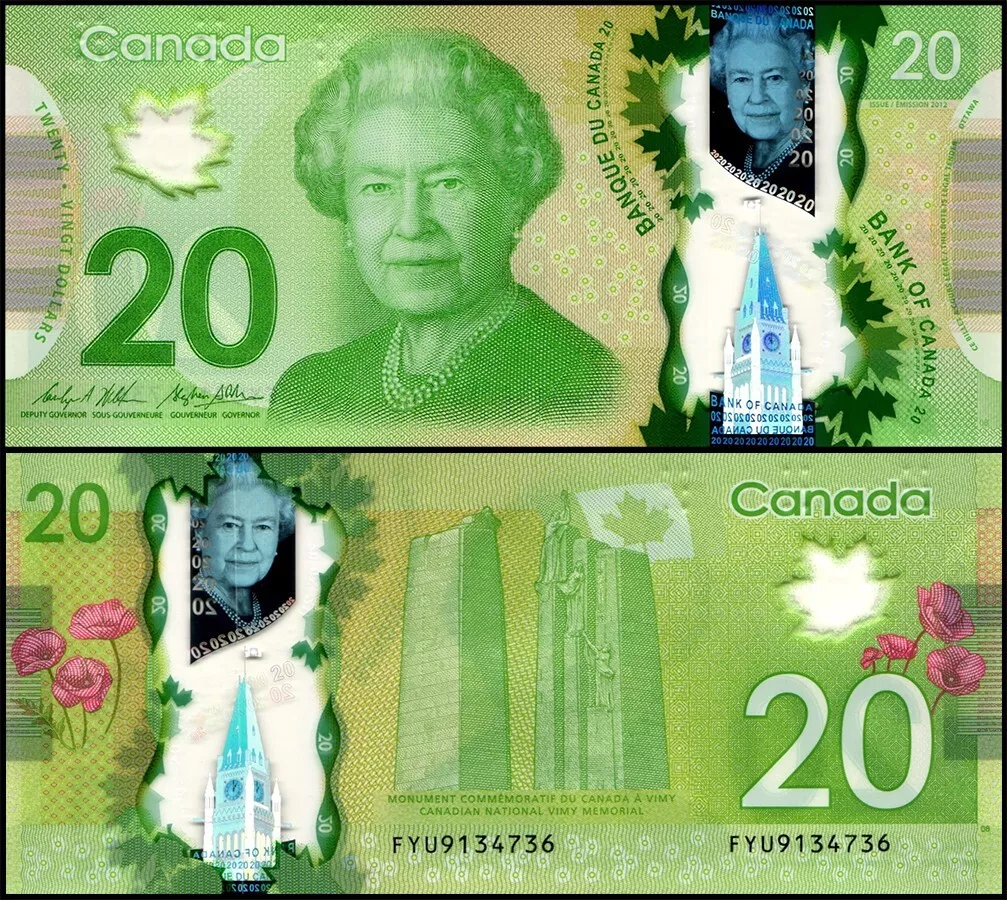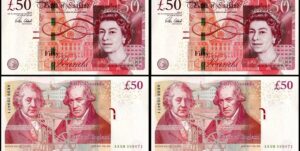
The Canadian dollar (CAD) has gained ground against the U.S. dollar (USD), reaching levels not seen since late 2024. This marks a continuation of the loonie’s strongest performance in months—a signal of shifting global market dynamics and evolving economic outlooks.
On June 5th, the loonie hit an exchange rate of 1 CAD = 0.7318 USD (or 1.3665 CAD per USD), marking its highest level since October 2024. Analysts attribute this uptick to a waning U.S. dollar and renewed optimism over U.S.–China trade talks (reuters.com, reuters.com).
Despite easing slightly to 1.3685 CAD/USD on June 6th, the currency maintained a weekly gain of roughly 0.4%. Notably, Canada added 8,800 jobs in May, much stronger than the 12,500‑job decline forecast—strengthening expectations that the Bank of Canada (BoC) will hold its policy rate steady (reuters.com).
The BoC maintained its key interest rate at 2.75% for consecutive meetings, citing trade uncertainties and inflation concerns. This pause, combined with relatively strong domestic data, has kept the Canadian dollar supported (reuters.com).
The USD has softened against major currencies due to weak U.S. employment and retail data, leading investors to scale back bets on further Fed tightening .
Oil, a key Canadian export, has trended higher, rising about 0.8% to US$63–$64 per barrel, boosting export revenues and lending support to the CAD (reuters.com).
First-quarter GDP in Canada grew at an annualized rate of 2.2%, outperforming expectations and signaling resilience in the face of global headwinds (wsj.com)
Analysts caution that the loonie’s gains may plateau near the 1.36–1.37 CAD/USD range. Market participants are awaiting key data releases—particularly Canadian employment figures—and Federal Reserve signals (interchange
Forecast consensus suggests the loonie may remain stable or make modest gains through summer, potentially testing the mid-1.36s if global growth improves or if Fed-ECB-BoC divergences persist (interchangefinancial.com).
A stronger CAD offers mixed consequences: travellers benefit from increased purchasing power abroad and cheaper imported goods, while exporters may face headwinds. Those with cross-border financial interests—such as real estate, education, or commodity trade—are closely monitoring the currency’s trajectory.
The Canadian dollar has recently strengthened, buoyed by U.S. dollar weakness, positive domestic jobs and GDP data, stable energy prices, and cautious BoC policy. While gains appear to be running into resistance, expectations remain that the loonie could hold firm or tighten slightly further in the commodity market





